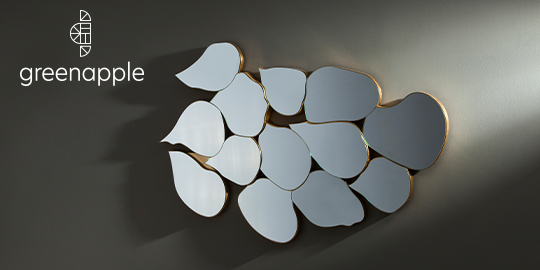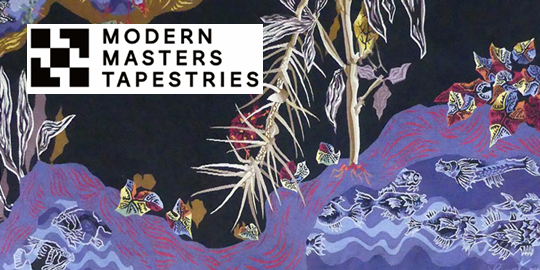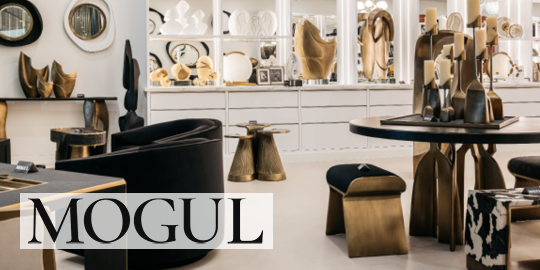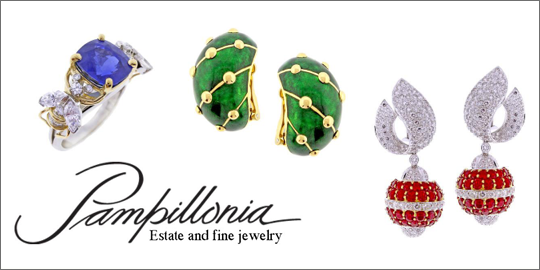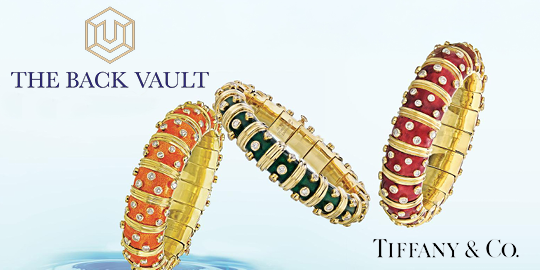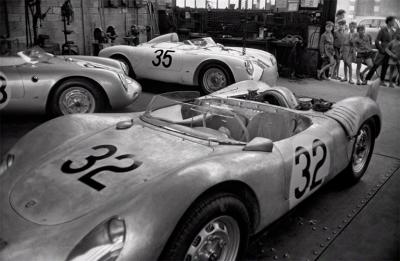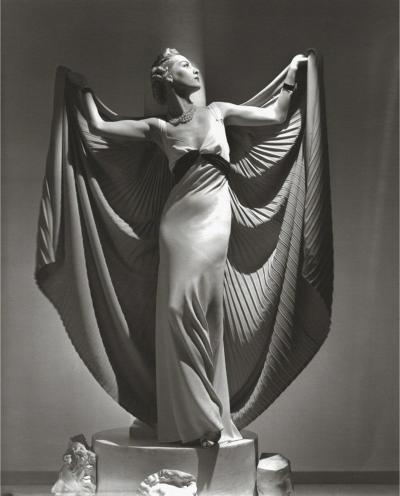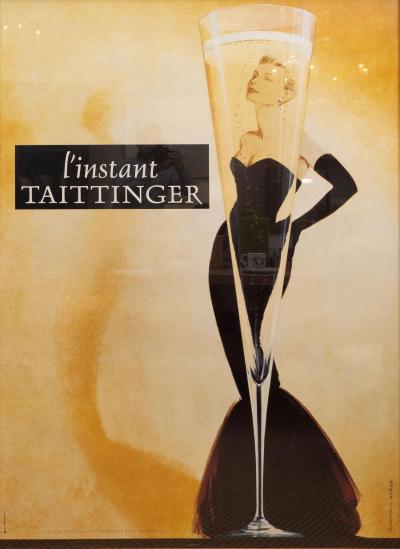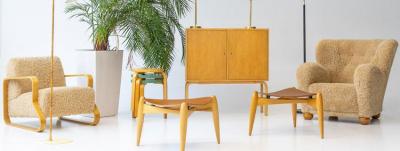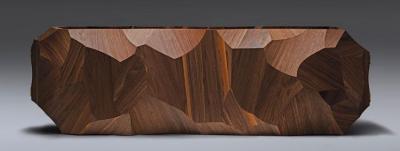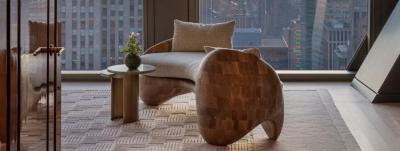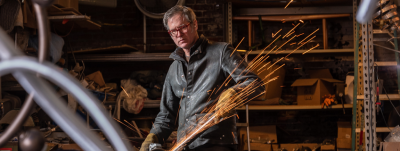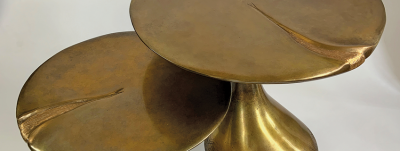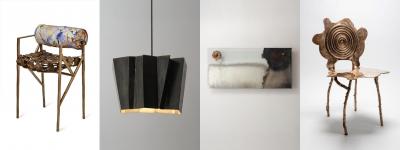Every Picture Tells a Story: The Fascination of Fine Art Photography
 |
by Benjamin Genocchio
Photography and photographic processes are ubiquitous in our lives, with applications from science to business to the visual arts, where for over a century artists have sought to utilize this mercurial medium for creative purposes. Genres of artistic photography include landscape, portrait, fashion, documentary, abstract, still life and wildlife photography, with the imagery rendered in a range of techniques, processes and styles.
Photographs are made with light, the result of an image imprinted either electronically with a digital camera or chemically on a light-sensitive surface. It can be helpful to know the process (digital or analog) by which a photograph was made; in general, analog images tend to have richer colors and tonal contrast, whereas digital images can be altered and manipulated more easily for striking effects.
Photography has always been a popular choice for designers. The range of genres, the more affordable price point and the simple fact that they integrate easily into most any interior make them extraordinarily versatile. Here are nine photographers whose work will bring pleasure, thought and sophistication to any room.
All works are available through Incollect.com
 |
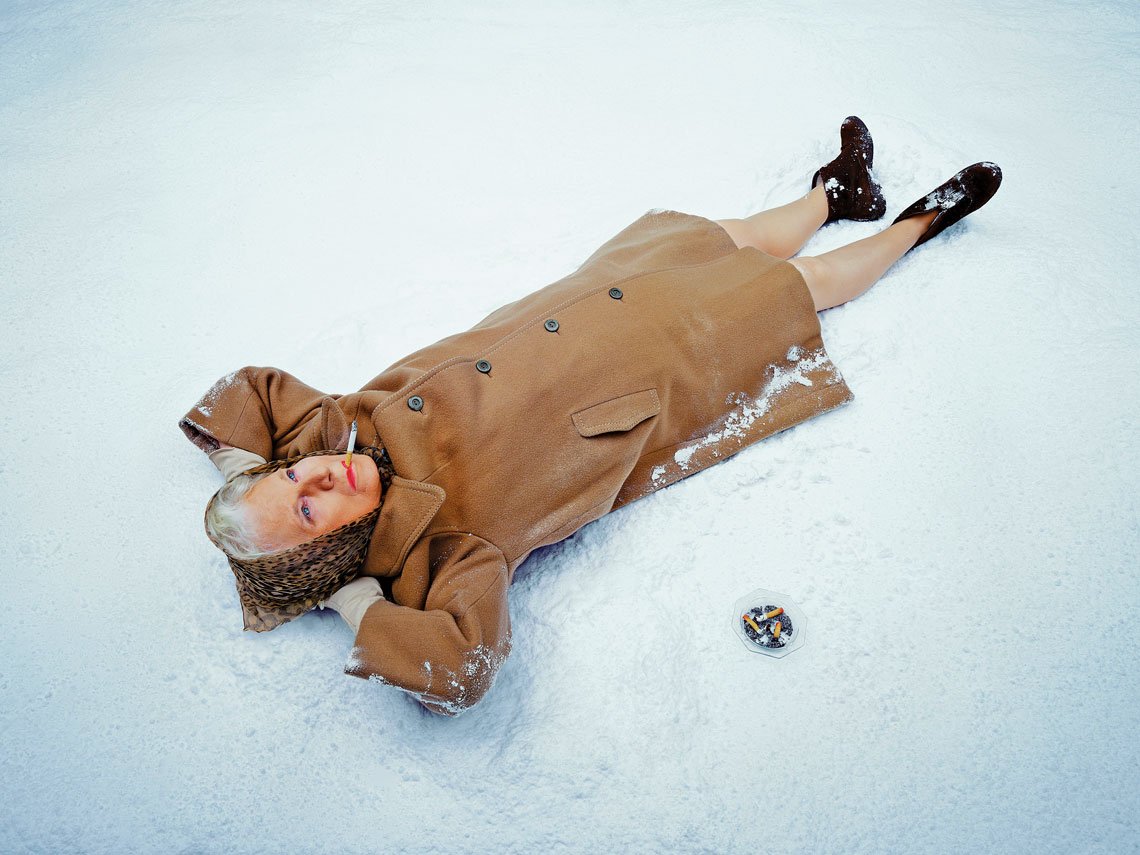 |
June in February, 1998. Courtesy of the artist. |
David Stewart
Brenda Taylor Art and Design
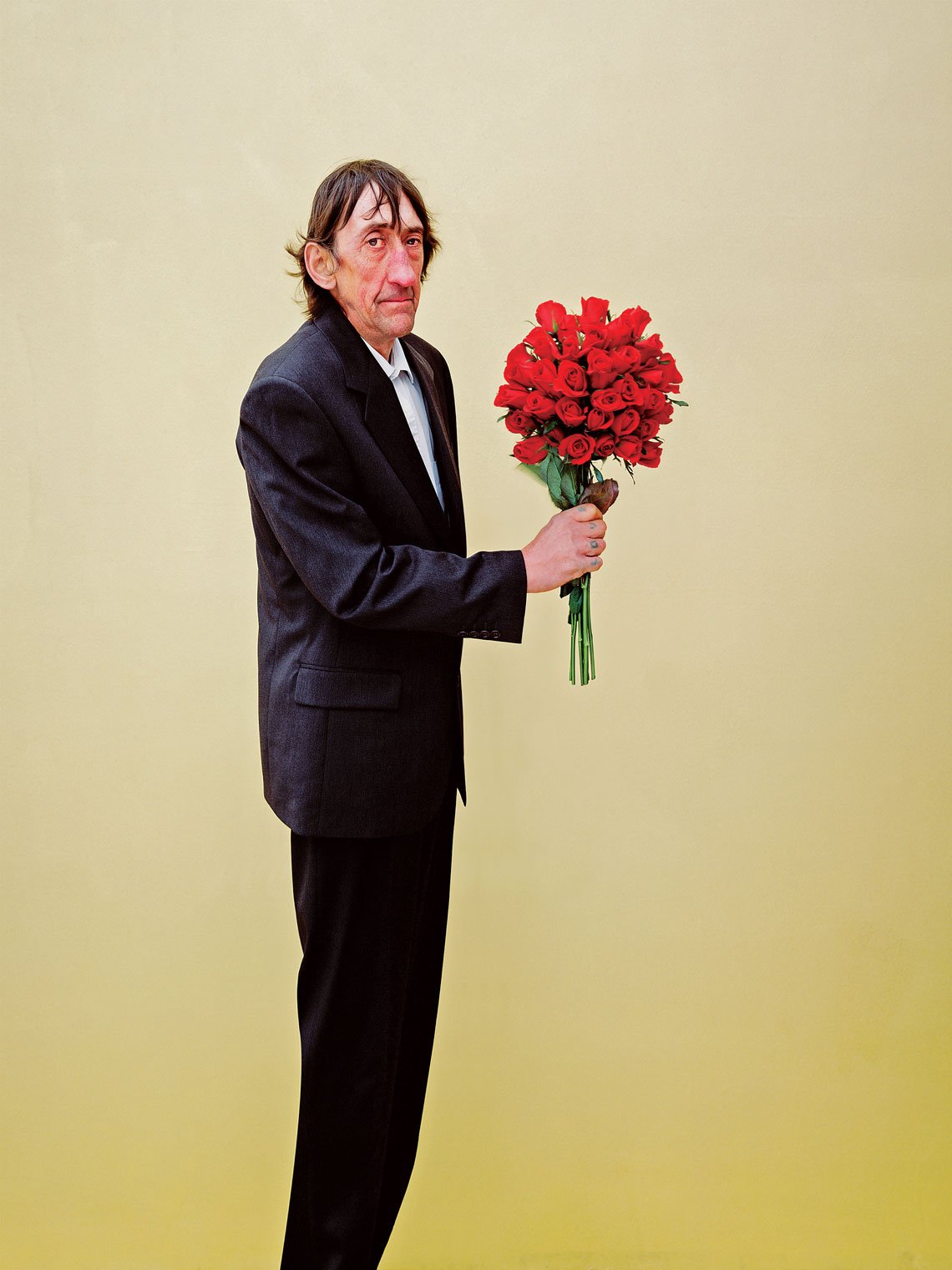 | |
Des's First Date, 1998. Courtesy of the artist. |
David Stewart works between the parallel worlds of advertising and fine art as a photographer and short film director. His fine art photography tends towards the playful, depicting unusual, off-beat, somewhat absurd images of everyday life, but always with a poignant, touching humanity.
Portraiture is where his talent lies and is the basis of several successful photograph collections using an uncommon and exceptionally vibrant photographic technique. He works with large-format cameras using 8×10 and 4×5 film and the Carbro printing process — a sophisticated carbon-bromide printing technique which relies on contact with silver bromide paper rather than direct light exposure, which accommodates a much broader spectrum of pigments beyond traditional carbon black. The process of making an image can take over two weeks and Stewart used handmade paper to accommodate the large size of the prints. The results are pictures of exceptional color depth and visual intensity.
“My 2001 collection, Fogeys, comprises kitschy, cartoon-like photos of people growing old disgracefully,” the artist explains. Des’s First Date, 1998, is one of the best known images in this series, showing an older man with flat disheveled hair tentatively holding a bouquet of bright red roses. He looks extremely nervous, unsure if his gift will be well-received. The image is simultaneously witty and cringe-making, yet endearing.
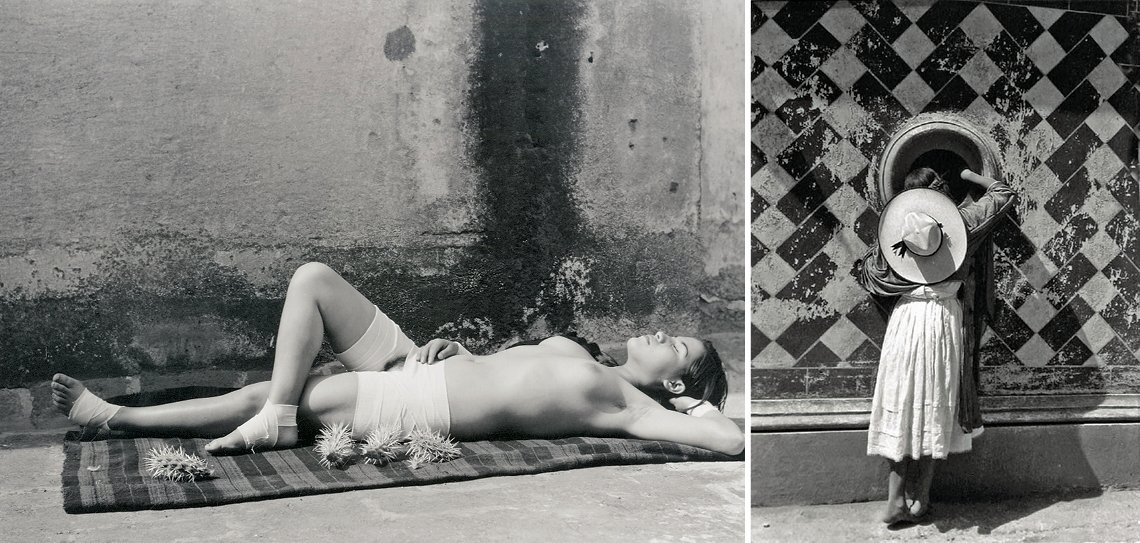 |
| Left: La Buena Fama Durmiendo / The Good Reputation Sleeping, 1938. Right: The Daughter of the Dancers / La hija de los danzantes, 1933. |
Manuel Álvarez Bravo
Among Latin America’s greatest photographers is Manuel Álvarez Bravo, author of iconic images of the 20th century, including several of the artists Frida Kahlo and her husband Diego Rivera. He also took one of the most striking, memorable nude images ever made, titled La Buena Fama Dormiendo / The Good Reputation Sleeping, 1938. In this Surrealist-inspired photograph, a nude model lies in the sunlight, wrapped in bandages and surrounded by star cacti. Bravo said the bandages were meant to represent an injured dancer preparing for rehearsal. This dream-like image was commissioned by André Breton, a leader of the Paris-based Surrealist movement, as a cover photograph for the catalogue of an upcoming International Surrealist Exhibition in Mexico City. Censors objecting to the level of nudity in the photo forbid it from being printed on the catalog cover.
Bravo was a political photographer from a period when artists were committed to social and political change — he was a part of the great cultural flowering in Mexico following the Mexican Revolution of 1910–21. His images frequently depict Mexican people and places and are often visually charged, confronting but at the same time atmospheric. Dramatic contrasts of line and tone further heighten these effects. Retrato de una mujer / Portrait of a Woman, 1940s, is a good example, depicting from a very low angle a defiant peasant woman silhouetted against the sky. She appears larger than life, heroic.
Bravo was a friend and confidant of artists and photographers of the 20th century, including Edward Weston, from whom he learned “the art of abstracting everyday objects into interesting forms”, as one critic put it, and making everyday life feel mysterious. Bravo influenced countless other photographers across Latin America, including Flor Garduño, who began working as his assistant in 1979 and from whom she learned the rudiments of photography.
 |
Left: Embrace of Light / Abrazo de luz, Mexico, 2000. Gelatin silver print. Right: Horse with Circle / Caballo con circulo, USA, 1993. Gelatin silver print. |
Flor Garduño
Throckmorton Fine Art
Throckmorton Fine Art recently presented an exhibition of black-and-white photographs by Flor Garduño, a talented, versatile, unusually beguiling creator of witty, contemplative dream-like black and white imagery. The exhibition took its name from the title of Garduño’s latest book (which won a prize for best art book in 2024 in the artist’s native Mexico) and included images from throughout Garduño’s forty-five-year career as a photographer — an impressive achievement for women in a culture dominated by male peers.
“Garduño is the most imaginative photographer of our time,” says Spencer Throckmorton, the principal of Throckmorton Fine Art. He has known Garduño for forty years and represented her in New York for thirty years. You can understand his enthusiasm for the artist and her work because her pictures are mesmerizing, such as Corazon / Heart, showing a woman wrapped up inside a giant banana leaf frond from 2007. It is a rich, tonal silver gelatin print.
“Garduño’s compositions are magical and enrapturing. While her photographs may be sparse, they are elegant and richly suggestive,” Throckmorton explains. A fabulous, evocative image is Appearance / Aparicion, Mexico, 1980, in which a piece of white cloth seemingly floats on the edge of a row of cacti on a remote hillside. It looks like a ghost, or spirit, is visiting the location and hovering there momentarily under an ominous sky. Mexican critic Francisco Reyes described her work as “the photography of amazement.”
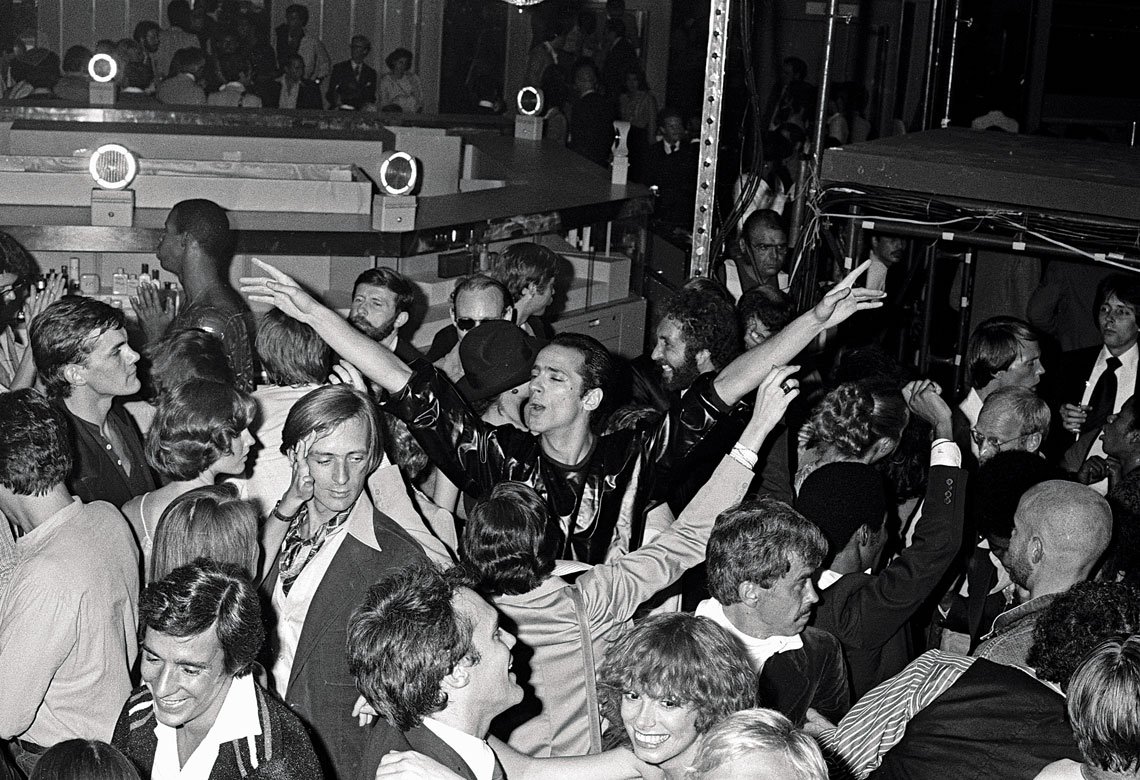 |
The crowd at Studio 54, Martin Snaric dancing, 1977. |
Jade Albert
Jade Albert Studio, Inc.
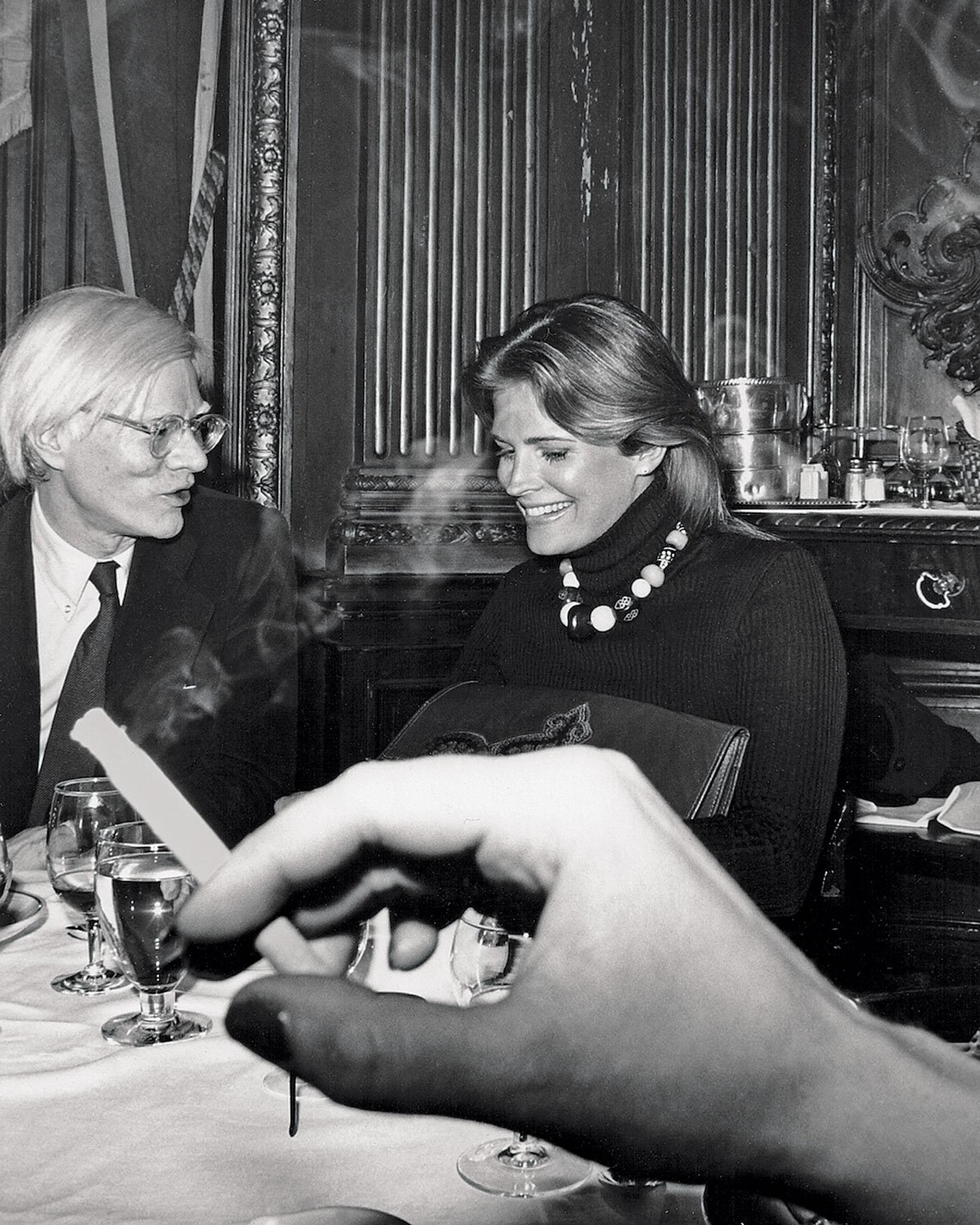 | |
Andy Warhol and Candice Bergen dining at the Metropolitan Club, 1976. |
Though well known as a commercial photographer of children, Jade Albert cut her teeth as a photojournalist and photographer during the days of disco. She covered the opening of Studio 54 in 1977 and the social scene that surrounded it. Her matter-of-fact documentary pictures capture members of high society, celebrities, and the cream of the art and fashion worlds. "I was caught up in the excitement and photographed it in black and white. It was my way of memorializing an electric moment that once symbolized New York,” the artist says.
Albert had a career as a fashion and social photographer, working for Vogue, The New York Times, Town & Country and Interview. “Being on the masthead of Interview meant the most to me, and the thrill of capturing its creator, Andy Warhol, with my cameras became something of an obsession for me, not only because of who he was, but because of the milieu he was a part of,” she says. “The people I encountered allowed me to create many magical moments.”
Among her best-known photographs are wild parties at Studio 54; a young, glamorous Giorgio Armani after a fashion show at Saks Fifth Avenue in 1979; a shot of Catherine Deneuve smoking a cigarette at a dinner at Regine’s, 1977; and numerous images of Andy Warhol, including one with 70s “it girl” Barbara Allen at the 1977 Metropolitan Museum of Art Gala and another with a young and beautiful Candice Bergen, the pair dining together at the Metropolitan Club in 1976.
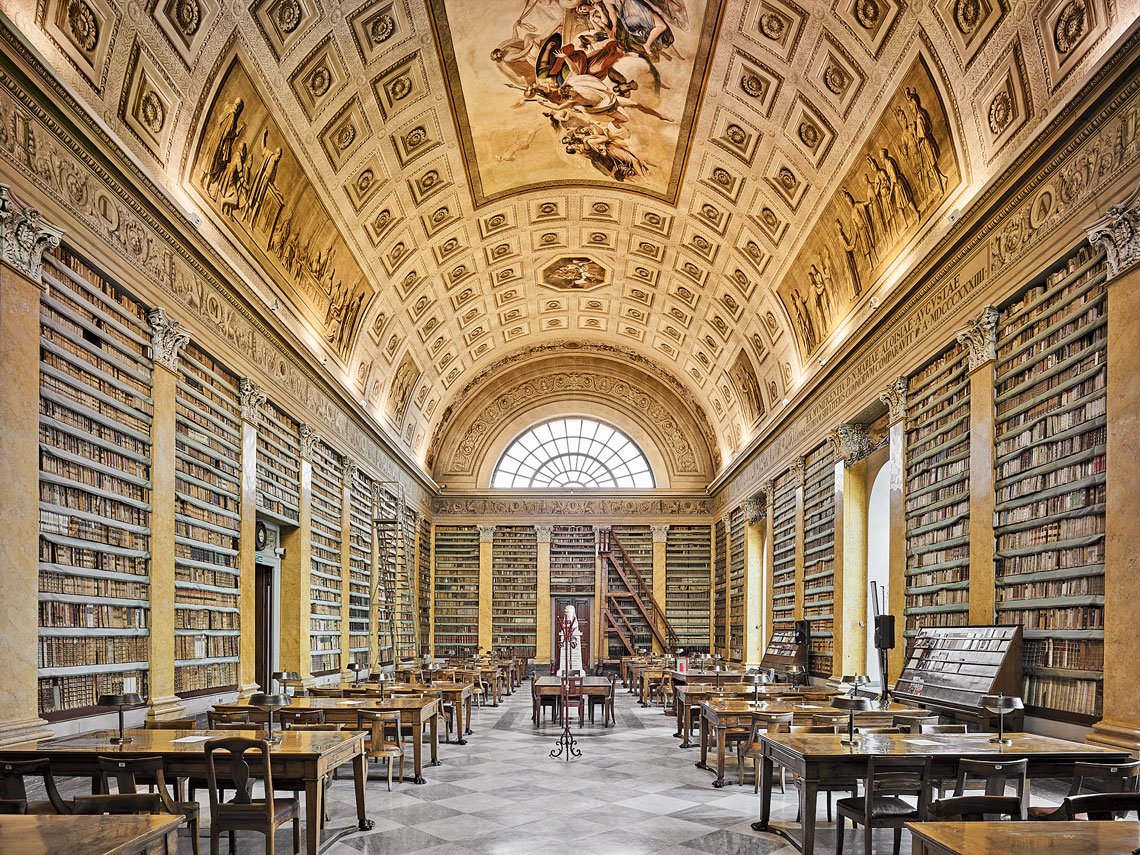 |
Library, Parma, Italy, 2016. |
David Burdeny
Trimper Gallery
Trimper Gallery in Greenwich represents important photographers, among them Sebastião Salgado, Jimmy Nelson and David Burdeny, the popular Vancouver-based photographer known for dramatic images of interiors and landscapes from around the world. “He has an edge,” Trimper says, by way of explanation as to what sets Burdeny apart from other landscape artists. “He’s super smart about his composition. There is always something unusual about his images. He doesn't just shoot a landscape or interior but includes little things that surround it that provide a new perspective and visual interest. He gives you a context for what you are looking at.”
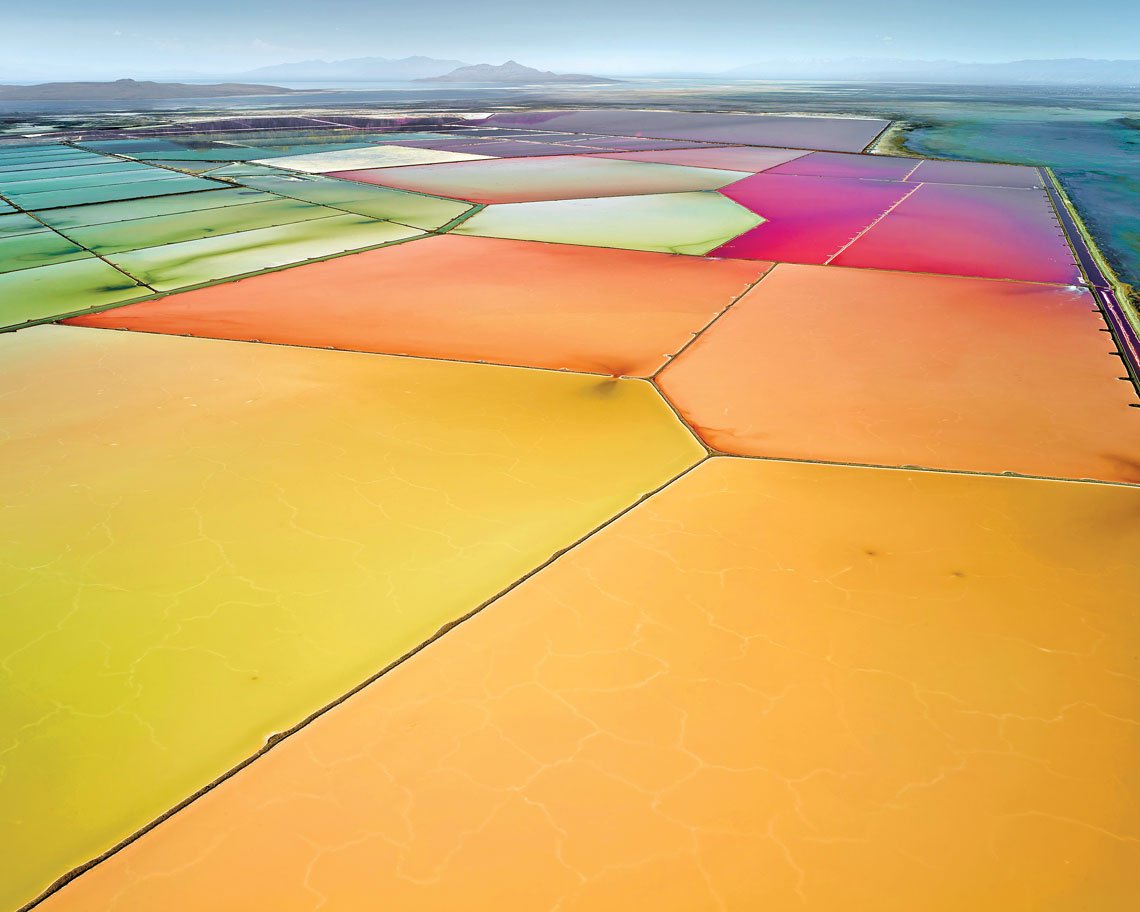 |
Saltern Study 12, Great Salt Lake, Utah, 2015. |
Burdeny strives to be fully accurate in what he sees. He does a little detail enhancement and color correcting, but doesn’t amplify colors seen in nature, or dramatically change the visual aspect of what he is photographing. “He is not a travel photographer,” Trimper says, “He doesn’t show up somewhere to photograph local attractions and amp up the color for impact. “He really takes time to research where he is going so he can capture unique vistas of places and people that we may be familiar with. He can make the familiar seem unfamiliar.”
Burdeny’s portfolio is vast — he has photographed in dozens of countries for more than 30 years. Trimper is particularly enamored, he says, of the artist’s photographs of interiors from around the world. “He shoots his interiors in such a way that the spaces are completely empty, and it gives them an astonishing poignancy,” he says.
An image of a Renaissance library in Parma, Italy was captured bathed in ethereal light, evoking centuries of learning and debate. “Here he uses stillness and silence to create an evocative sense of mood,” Trimper says.
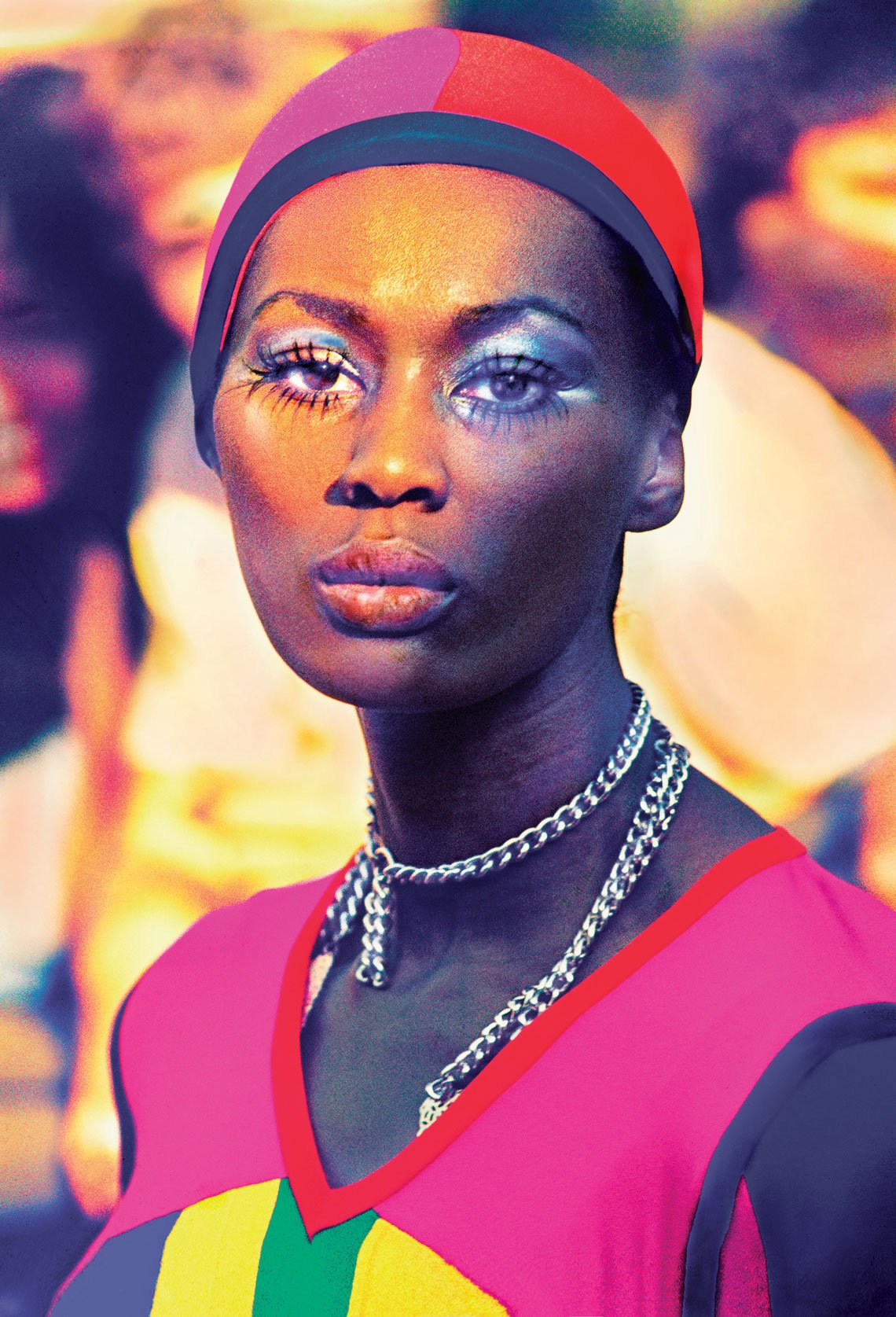 | 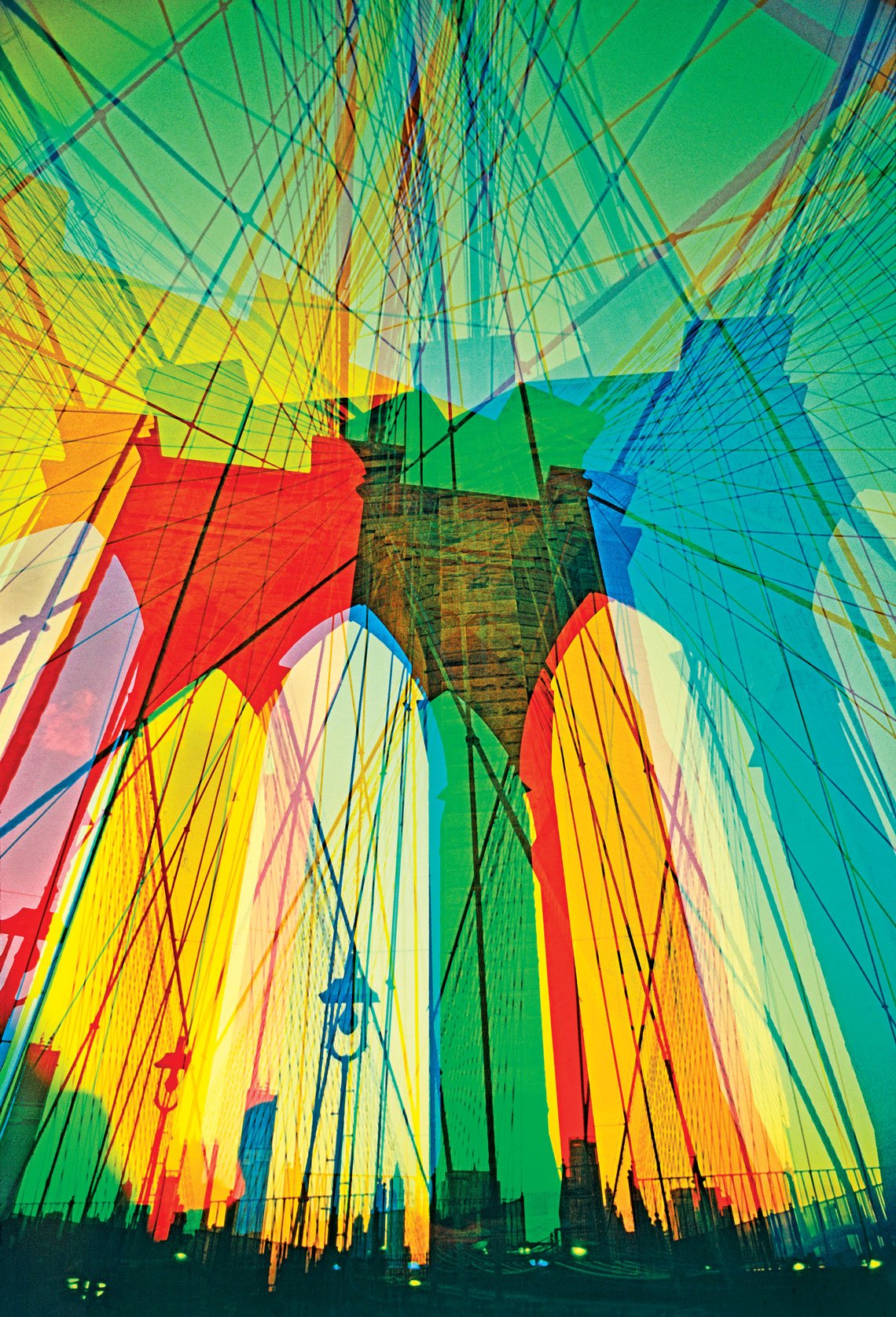 | |
Black Hippie Girl, Bethesda Fountain, 1969. | Abstract Brooklyn Bridge, 1970. |
Mitchell Funk
Robert Funk Fine Art
“Mitchell Funk was a pioneer of art photography in color,” explains Robert Funk, his brother and the owner of Robert Funk Fine Art in Miami. In 1970, Mitchell participated in the Brooklyn Museum’s exhibition Images en Couleur, one of the first color photography shows at a major museum. His striking image Black Hippie Girl, Bethesda Fountain, 1969, was one of the works included in that show and in many ways epitomizes the artist’s early photographic style — the use of bold, almost surreal DayGlo color, dramatic light, and tightly cropped, compact compositions shot from a distance.
“Color photography was not considered fine art back then,” explains Robert, who goes on to explain how his brother Mitchell pioneered a creative fusion between “the fluorescent photographic imagery of advertising and the casual, somewhat informal snapshot quality of contemporary black and white street photography.” Take for example Abstract Brooklyn Bridge, 1970, which was also used as the cover for Camera 35 magazine the same year. “Here he takes a New York icon and imagines it unlike any tourist snapshot,” Robert says. “This kaleidoscope-like image was created without digital manipulation. It was done in a pre-digital, pre-Photoshop world by taking one picture, rewinding the film, and then exposing another on the same piece of 35mm Kodachrome emulsion. It’s a little movie in a still image.”
Mitchell Funk used this unusual, manual technique of making a static but moving image using multiple exposures on color film extensively in the early 1970s, resulting in some of his most complicated images. One of them is New York, 1970, in which multiple exposures and a layered, graphic use of color were used by the artist to transform an image of the side of a New York skyscraper, looking upwards, into a dizzying, abstract three-dimensional composition. “He pioneered this unique Photo-Cubist style of photography,” Robert Funk says, “which is abstract and representational at the same time.”
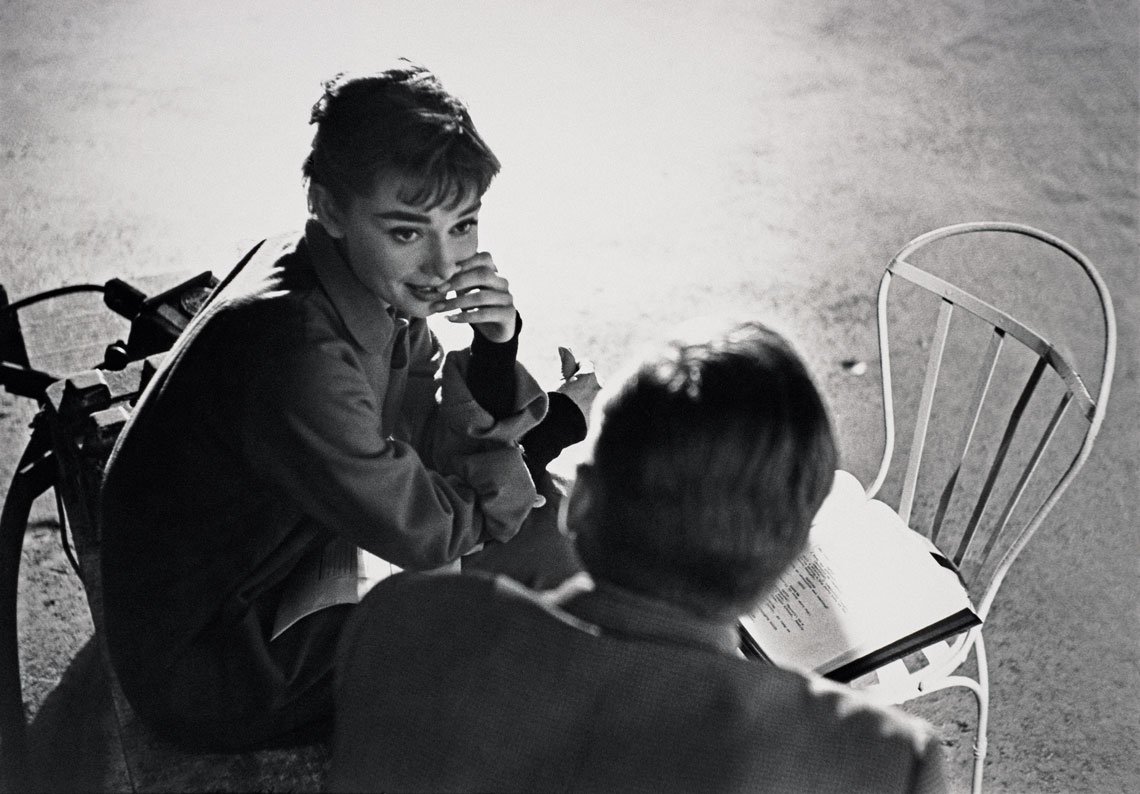 |
Audrey Hepburn and William Holden on Set of Sabrina, Run Lines, 1953. © Mark Shaw / mptvimages.com / Courtesy Liz O’Brien. |
Mark Shaw
Liz O’Brien
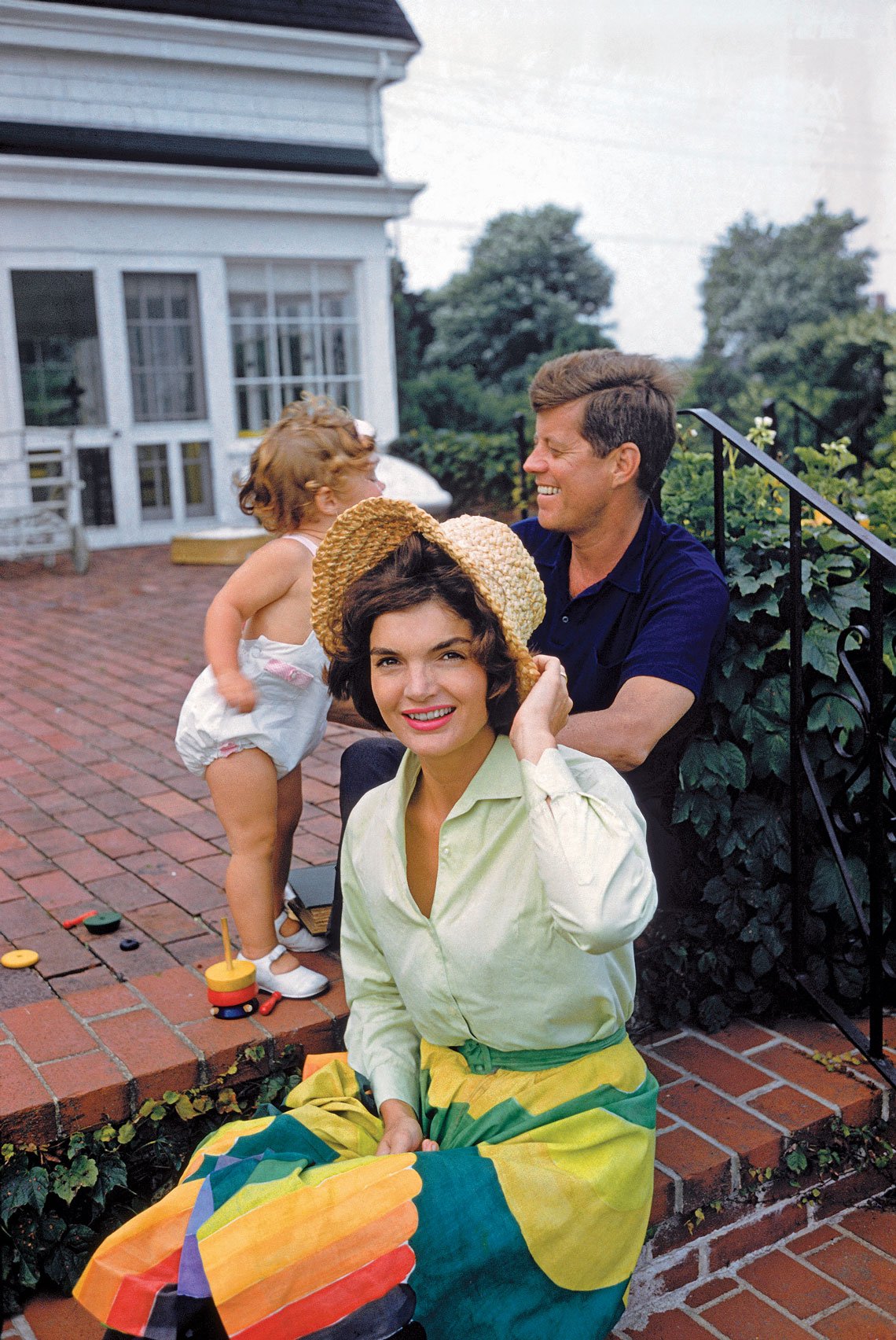 | |
Kennedys, Jackie in Straw Hat and Colorful Skirt, with John and Caroline, Hyannis Patio. © Mark Shaw / mptvimages.com / Courtesy Liz O’Brien. |
Mark Shaw (1921–1969) photographed the rich, famous and interesting, giving his pictures instant appeal. But they are also of formal interest as compositions, revealing much about his subjects. He started out as a photojournalist and haute couture fashion photographer, honing his eye for style, taste, and beauty while working for fashion and culture magazines including Harper’s Bazaar, Mademoiselle, McCall’s, Ladies Home Journal, Vanity Fair and LIFE.
Among his most memorable images are candid photographs of Cary Grant, Grace Kelly, Pablo Picasso, and Yves St. Laurent, Elizabeth Taylor and Audrey Hepburn. Assigned by LIFE magazine to photograph Jacqueline Kennedy during JFK’s presidential campaign, he became their de facto family photographer, visiting them at the White House and Hyannisport to produce both official and casual photographs. These images are his most famous work, and a collection of them was published in his book, The John F. Kennedys: A Family Album, in 1964. He worked in both color and black and white, relying on unusual camera angles or poses and strong color contrasts for dramatic effect.
“It’s this intimacy that really distinguishes his work, whether it’s inside the Kennedy White House, aboard a superyacht, or on the set of a Hollywood movie with Audrey Hepburn,” says Liz O’Brien, who represents the Mark Shaw estate and enjoys having his work in her gallery. Shaw benefited from unprecedented access to the rich and famous for his subject matter, but he also brought a sensitive and thoughtful eye to everything he did. His photographs don’t judge or flatter but rather seek to reveal some kind of truth to his subjects.
.jpg) |
Bad Asses, 2024 |
David Yarrow
Whistler Contemporary Gallery
“At Whistler Contemporary Gallery, we are honored to represent the work of David Yarrow, a photographer whose vision, talent, and commitment to philanthropy sets him apart in the art world,” says Tara Wolters, the COO of the Whistler Contemporary Gallery. “His images go beyond photography — they are immersive, cinematic, and deeply evocative, capturing the untamed spirit of the natural world and the human experience in a way that few artists can.”
Wolters, like others, is impressed with Yarrow’s ability to tell a story through a single image. “Whether it’s the piercing stare of a lion in the wild, the grit of the American West, or an intimate moment frozen in time, his work commands attention,” she says. One might say that he doesn’t just document reality, he actively shapes, even creates it. “Every composition is meticulously crafted, often requiring months of preparation, travel, and a high level of patience and precision.”
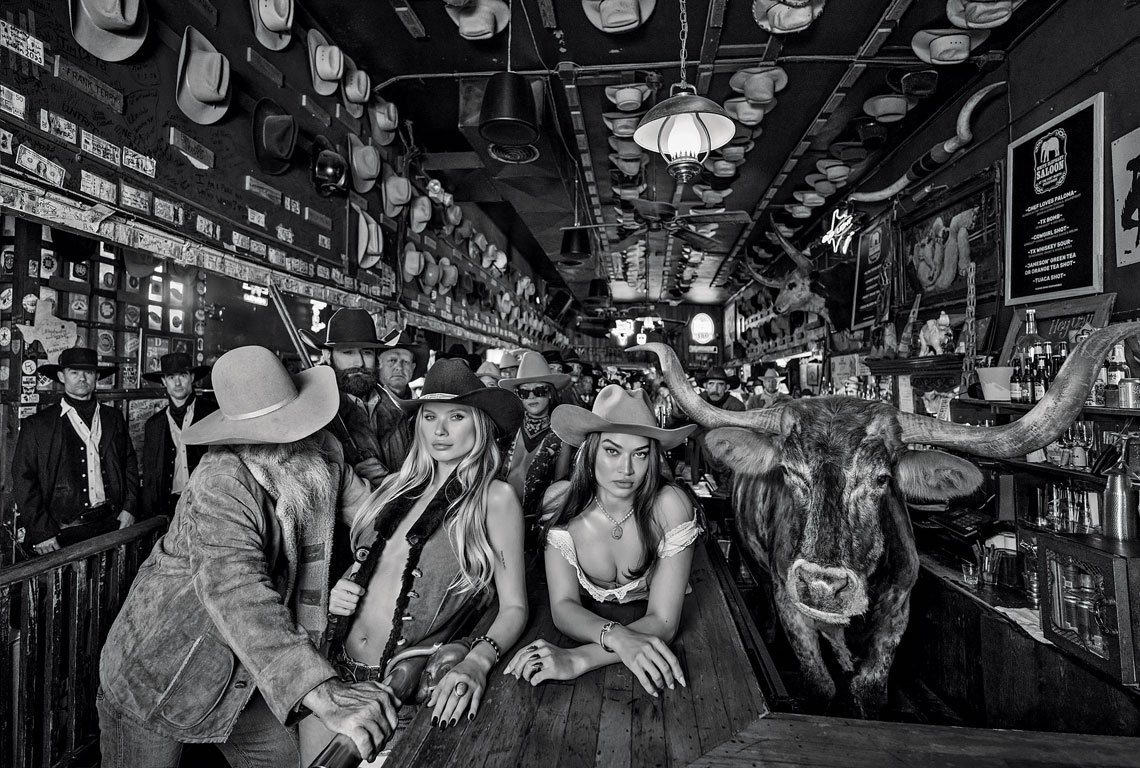 |
The White Elephant Saloon, 2024 |
What makes David’s work “truly important” for Wolters is his sense of purpose as an artist and the fact his photographs have something to say to viewers and the world. “Yarrow’s work stands out because it carries weight, meaning, and an undeniable presence. At Whistler Contemporary Gallery, we celebrate his artistry not just for its striking visuals, but for the way it moves us to feel, to protect, to see.”
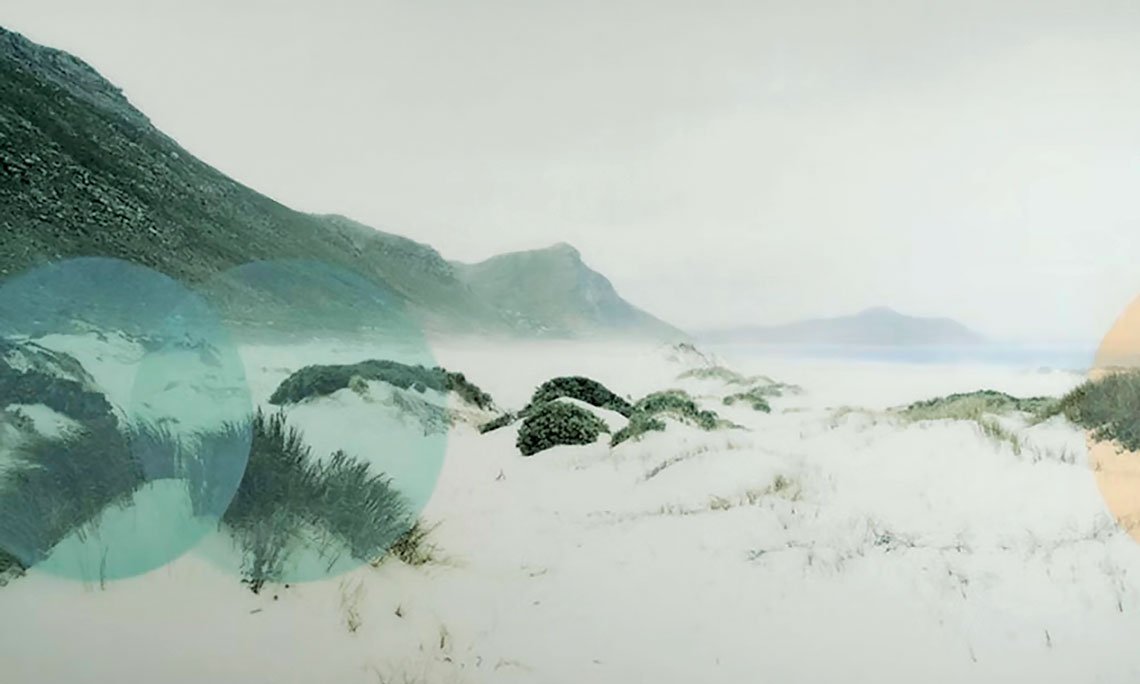 |
South African Dunes, 2021. Photograph and mixed media with resin. |
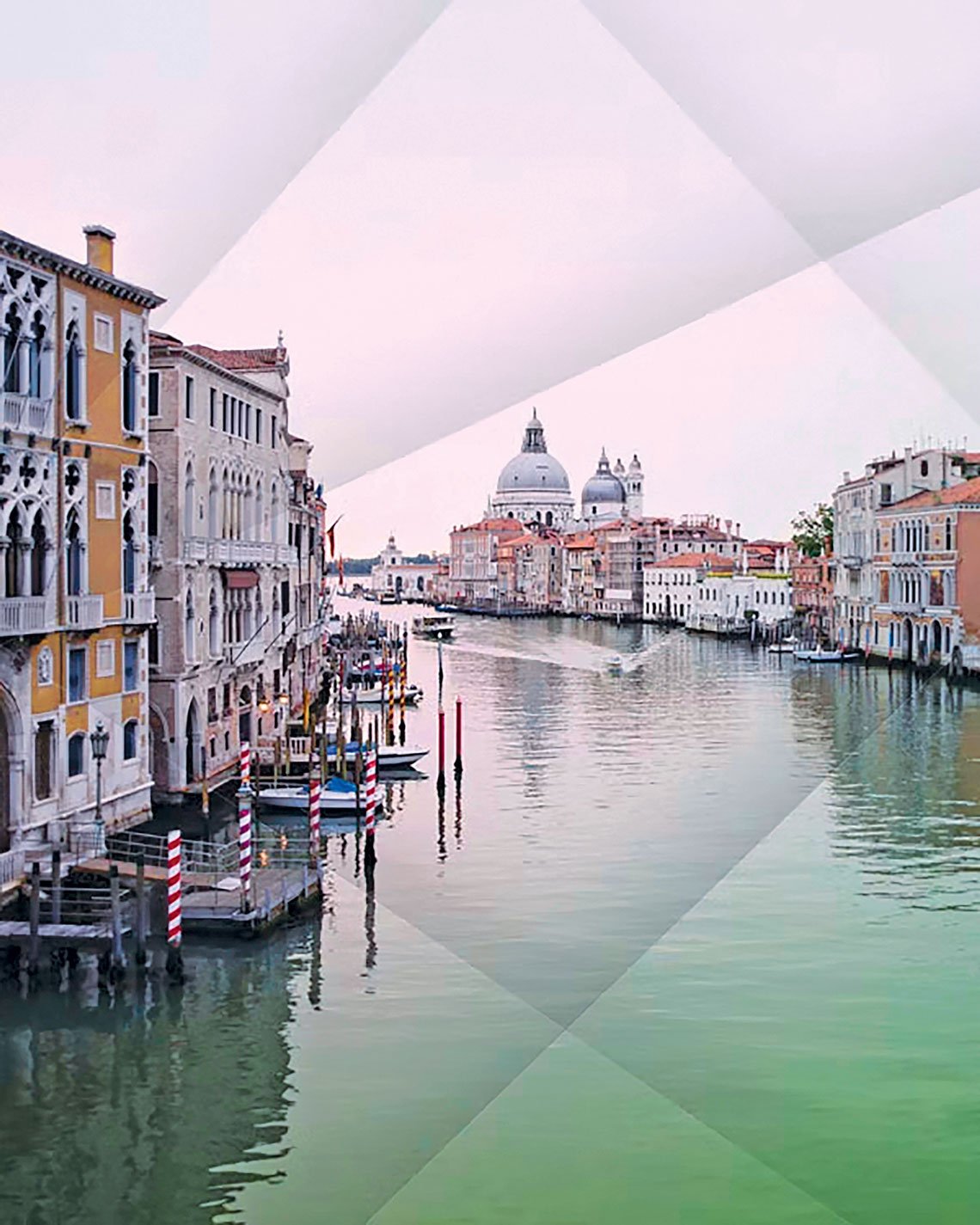 | |
Venice I, 2021. Photograph and mixed media and resin. |
Christine Flynn
“Through photography, I seek to convey emotions and moods, prioritizing the essence of a moment over its factual representation,” says Toronto-based landscape photographer Christine Flynn. Her work isn’t strictly photography, for she combines photography with mixed media elements — mostly abstract shapes and forms applied by hand in coats of paint and gold leaf on top of the photographic surface. The results are layered, nuanced photographic images but with the surface texture and depth of an old master painting.
Her images of landscapes from around the world, from Venice to Cape Town to the Hamptons, are striking enough in their own right, the artist drawn to beaches, water and wide-open spaces, frequently with misty, mysterious skies. Venice I is more a study in soft light reflected in water than the typical depiction of the architecture along the Grand Canal. South African Dunes meanwhile conjures a vast untrammeled environment, leaving us in awe of the scale and power of nature.





